
Many Confuse This Plant with a Weed, But It’s Actually Full of Surprising Health Benefits
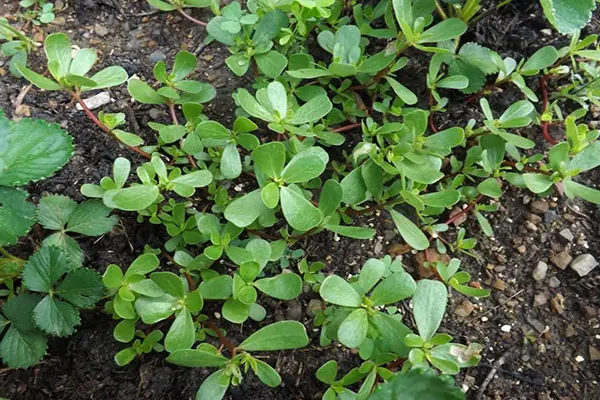
Purslane, also known by its botanical name Portulaca oleracea, may look like an ordinary weed, but this humble plant is packed with surprising health benefits. Found commonly across North America and embraced in Asian and Mediterranean cuisines, purslane has been cherished for centuries—not only as a food source but also as a traditional remedy. In ancient Chinese medicine, it’s even referred to as the “vegetable for long life.”
With a crisp texture and a slightly tangy, lemony flavor, this versatile plant is both nutritious and easy to grow. If you’re looking to add more nutrient-dense, natural ingredients to your diet, here’s why purslane deserves a place on your plate—and in your garden.
Nutritional Goldmine: What’s Inside Purslane?
Purslane may be small, but it’s mighty when it comes to nutrition. This leafy green is made up of 93% water, making it low in calories but high in essential vitamins and minerals. It contains:
-
Vitamins A, C, and E – all powerful antioxidants
-
B-complex vitamins including B1, B2, B3, and folate
-
Minerals like calcium, magnesium, potassium, iron, manganese, phosphorus, and copper
This impressive nutritional profile makes purslane one of the most nutrient-rich leafy greens you can eat—rivaling spinach and kale.
A Rare Plant-Based Source of Omega-3 Fatty Acids
One of the most unique benefits of purslane is its omega-3 content. Unlike most plants, purslane contains both ALA (alpha-linolenic acid) and EPA (eicosapentaenoic acid)—a type of omega-3 usually found in fish and algae. In fact, it contains 5–7 times more ALA than spinach.
These essential fatty acids play a critical role in brain function, inflammation regulation, and heart health, making purslane a valuable food for those following a plant-based or vegetarian diet.
Powerhouse of Antioxidants
Purslane is brimming with antioxidants, including:
-
Vitamin C – Supports immune health and collagen production.
-
Beta-carotene (a form of Vitamin A) – Boosts eye health and skin integrity.
-
Alpha-tocopherol (a form of Vitamin E) – Protects cell membranes from damage.
-
Glutathione and betalains – Neutralize free radicals and reduce oxidative stress.
-
Melatonin – A natural hormone that supports healthy sleep cycles.
These compounds help protect the body from aging, environmental damage, and chronic disease.
Rich in Potassium, Calcium, and Magnesium
Electrolytes like potassium and magnesium are essential for muscle function, heart rhythm, and blood pressure regulation. Purslane provides these minerals in abundance, helping reduce the risk of cardiovascular issues and supporting bone health. Calcium also plays a key role in bone density and metabolic function.
Magnesium: The Unsung Hero
Magnesium is essential for over 300 biochemical reactions in the body. From managing blood sugar and supporting nerve function to reducing the risk of migraines and helping you sleep better, magnesium is vital. Purslane offers a food-based source of this mineral, which is more easily absorbed than supplements in some cases.
A Note of Caution: Oxalate Content
Despite its many benefits, purslane does contain a high amount of oxalates—natural compounds that can interfere with the absorption of calcium and iron, and potentially contribute to kidney stone formation in susceptible individuals.
People with hyperoxaluria, kidney disorders, or conditions like inflammatory bowel disease should consult their doctor before consuming purslane regularly.
Who Should Avoid Purslane?
-
Individuals prone to kidney stones
-
Those with high urinary oxalate levels
-
People with certain gastrointestinal conditions
If you fall into these categories, talk to a healthcare provider before adding it to your diet.
How to Eat Purslane
Purslane is highly versatile in the kitchen. You can:
-
Toss it raw into salads and sandwiches
-
Use it as a spinach substitute in quiches, omelets, or pasta
-
Blend it into soups, stews, and pestos
-
Sauté it with garlic and olive oil for a simple side dish
Its mild, lemony flavor makes it a perfect complement to fresh, vibrant dishes.
How to Grow Purslane at Home
Purslane is hardy and easy to cultivate—even for beginner gardeners. It thrives in poor soils, dry climates, and areas with full sunlight (about 6–8 hours per day). It requires minimal watering, making it ideal for drought-prone gardens or container planting.
Tips:
-
Use well-draining soil
-
Harvest during the summer, as it's an annual plant
-
Avoid frost, which it doesn’t tolerate
You can often spot purslane growing between cracks in sidewalks or in your backyard. Just ensure it's from a pesticide-free area before consuming.
Final Thoughts: Don’t Overlook This Backyard Supergreen
Purslane is more than just a common weed—it’s a nutrient-rich, omega-3 packed, antioxidant-loaded superfood that deserves attention. Whether you’re adding it to your diet for heart health, improved digestion, better sleep, or stronger bones, this ancient plant offers modern-day benefits.
So next time you see purslane popping up in your garden, don’t pull it out—pick it and put it on your plate.
News in the same category

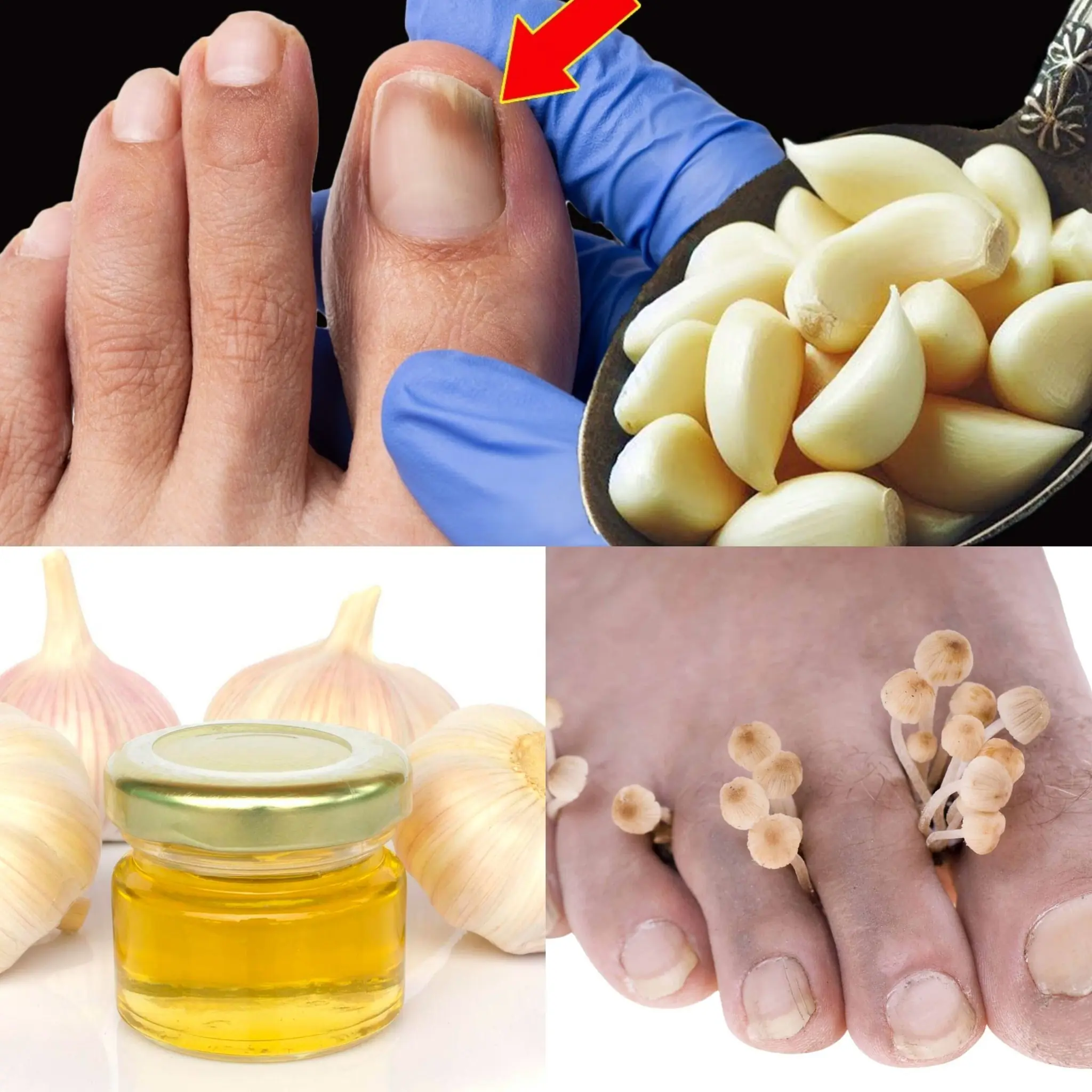
This Is a Nail Fungus Killer (It Works Very Fast!) – The Power of Garlic🧄
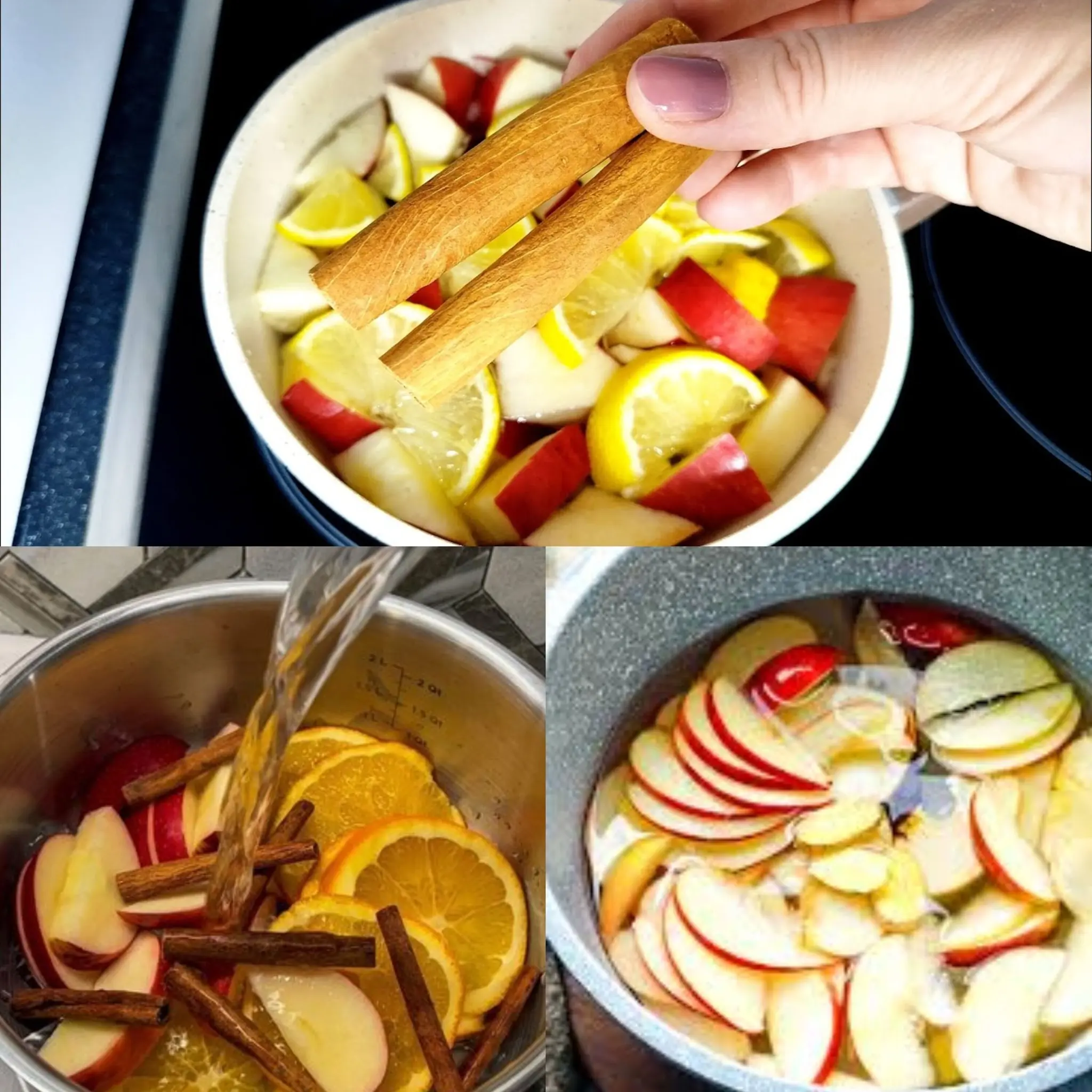
I Lost So Much Bad Fat in 2 Days Using This! Flat Belly with Lemon, Apple & Cinnamon
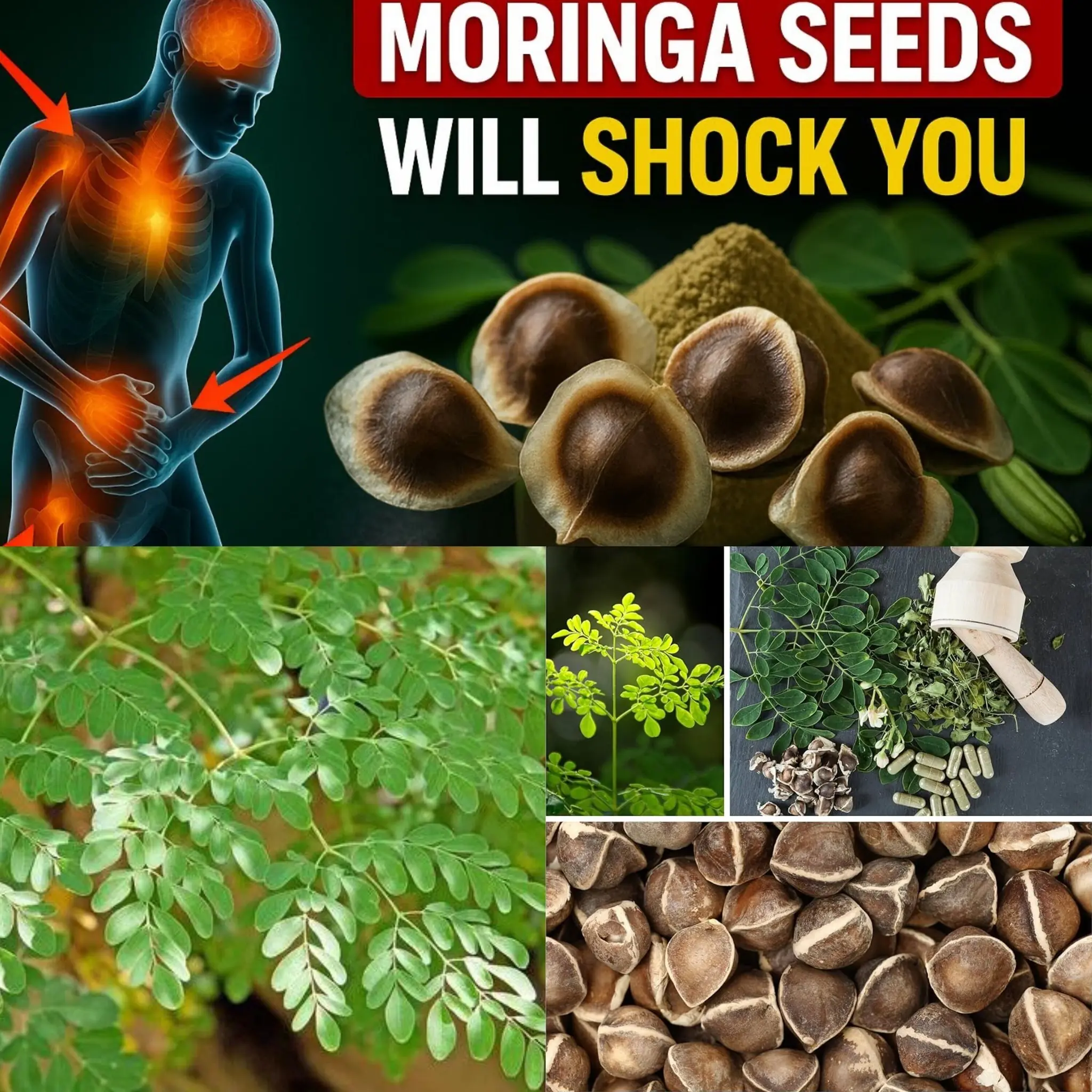
12 Moringa Seed Benefits You’ll Never Hear from Your Doctor (But You Should Know)

Discover the Amazing Benefits of Drinking Clove Water

Never knew about this

9 Benefits of Papaya Leaves & How To Process Them As Medicine
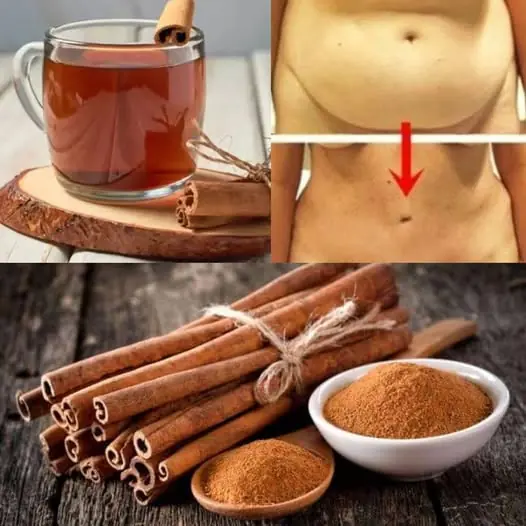
Cinnamon & Chia Nighttime Drink: Effortless Weight Loss While You Sleep

Aloe Vera: A Gentle Solution for Varicose Veins

Say Goodnight to Sleep Troubles with Banana Tea!

The Natural Remedy That Could Empty Hospitals in 2025

Natural Healing Tea for Circulation, Diabetes, Swelling & Immune Support
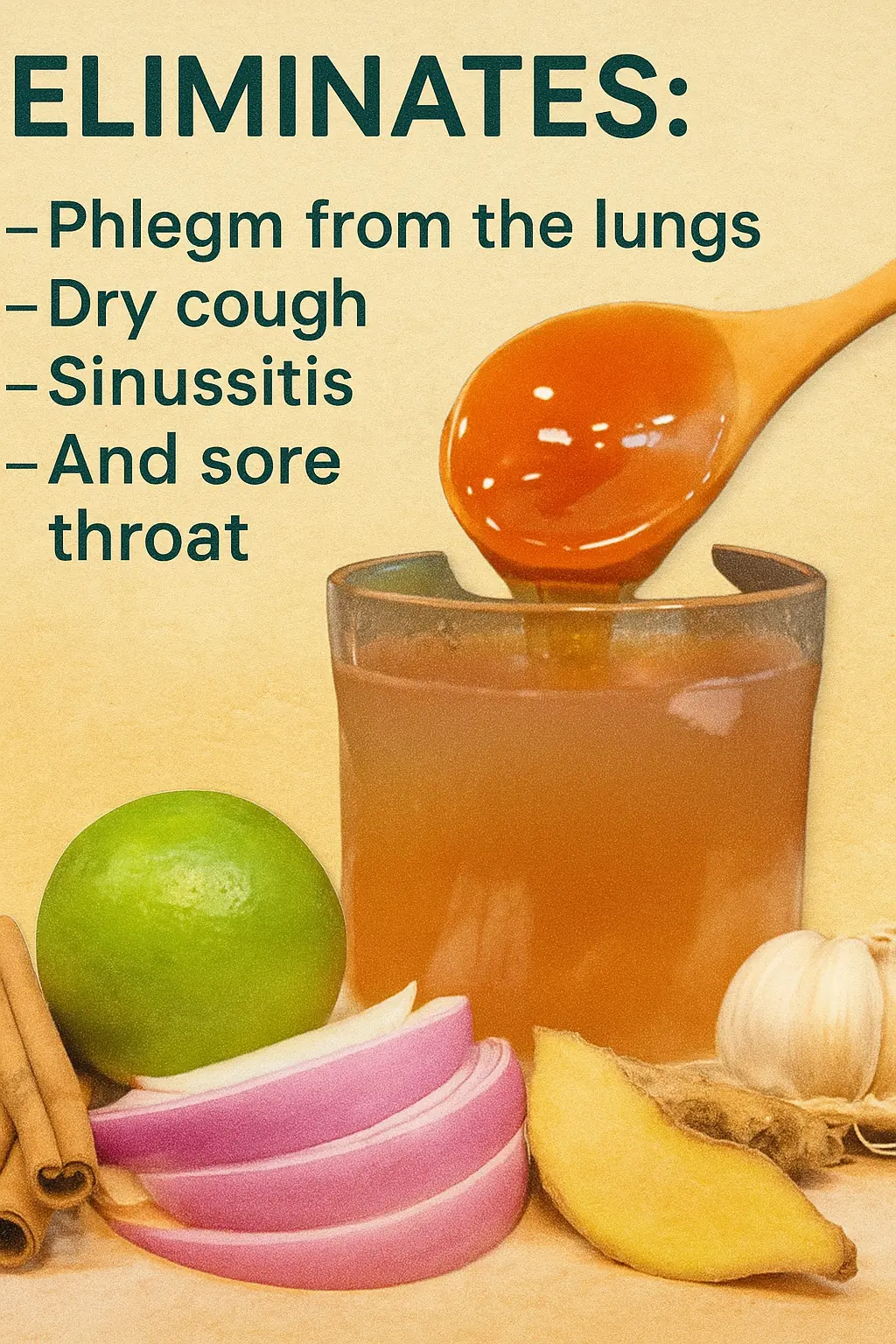
Powerful Natural Remedy for Lungs, Cough, Sinusitis & Sore Throat
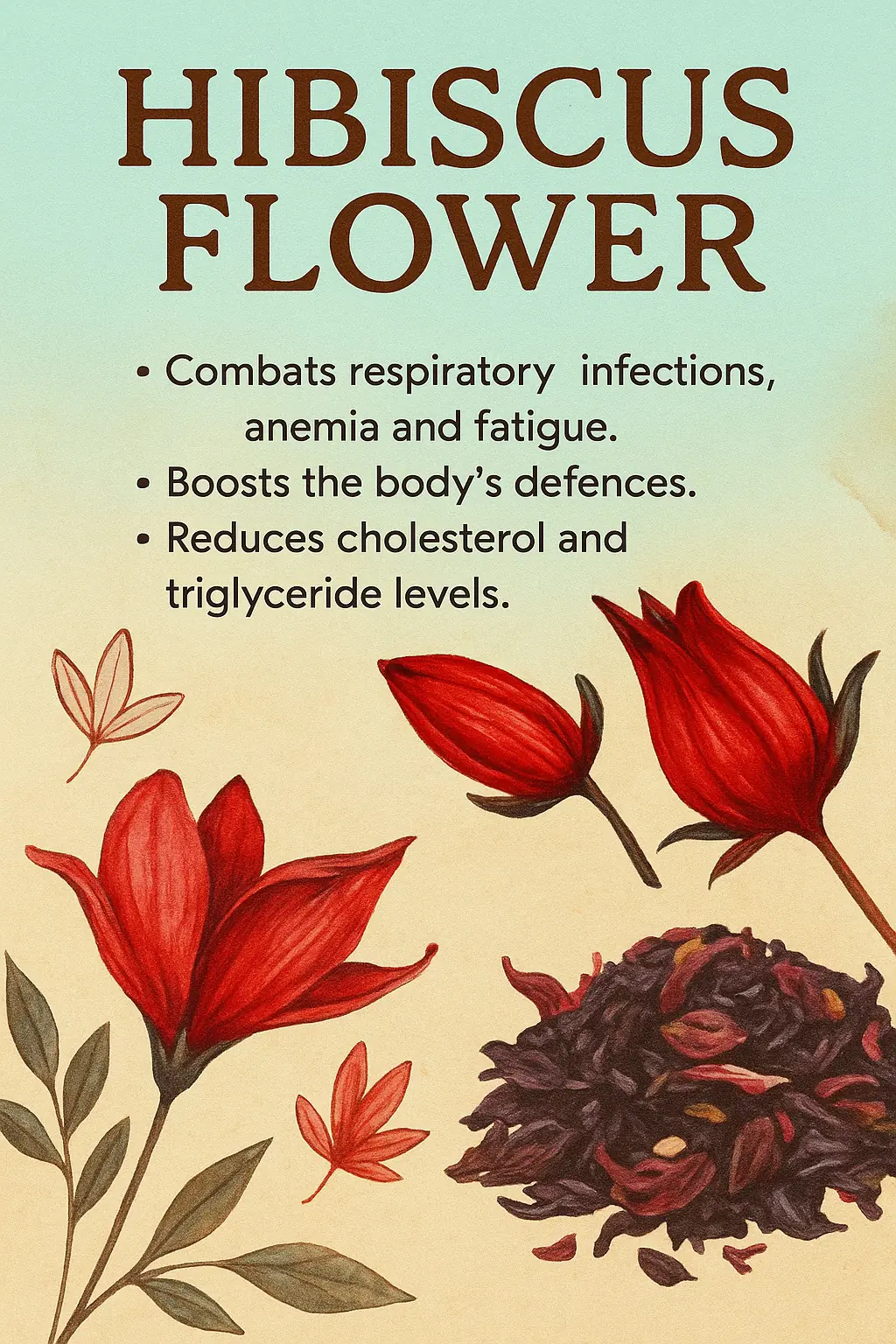
Benefits of Hibiscus Flower 🌹

POWERFUL HAIR GROWTH TONIC

Powerful Natural Drink to Eliminate Illnesses Naturally

Eat 2 Cloves a Day and Improve Your Health

Shed Pounds Naturally: My Apple and Ginger Success Story

She swears by this

Baking Soda: Your Secret Skincare Weapon for Aging Skin
News Post

5-Year-Old Girl Dies from Late-Stage Cancer — A Wake-Up Call for All Parents

Surprising Bay Leaf Trick: Try This Simple Remedy at Home!

This Is a Nail Fungus Killer (It Works Very Fast!) – The Power of Garlic🧄

I Lost So Much Bad Fat in 2 Days Using This! Flat Belly with Lemon, Apple & Cinnamon

12 Moringa Seed Benefits You’ll Never Hear from Your Doctor (But You Should Know)

Discover the Amazing Benefits of Drinking Clove Water

Never knew about this

9 Benefits of Papaya Leaves & How To Process Them As Medicine

Cinnamon & Chia Nighttime Drink: Effortless Weight Loss While You Sleep

Aloe Vera: A Gentle Solution for Varicose Veins

Say Goodnight to Sleep Troubles with Banana Tea!

The Natural Remedy That Could Empty Hospitals in 2025
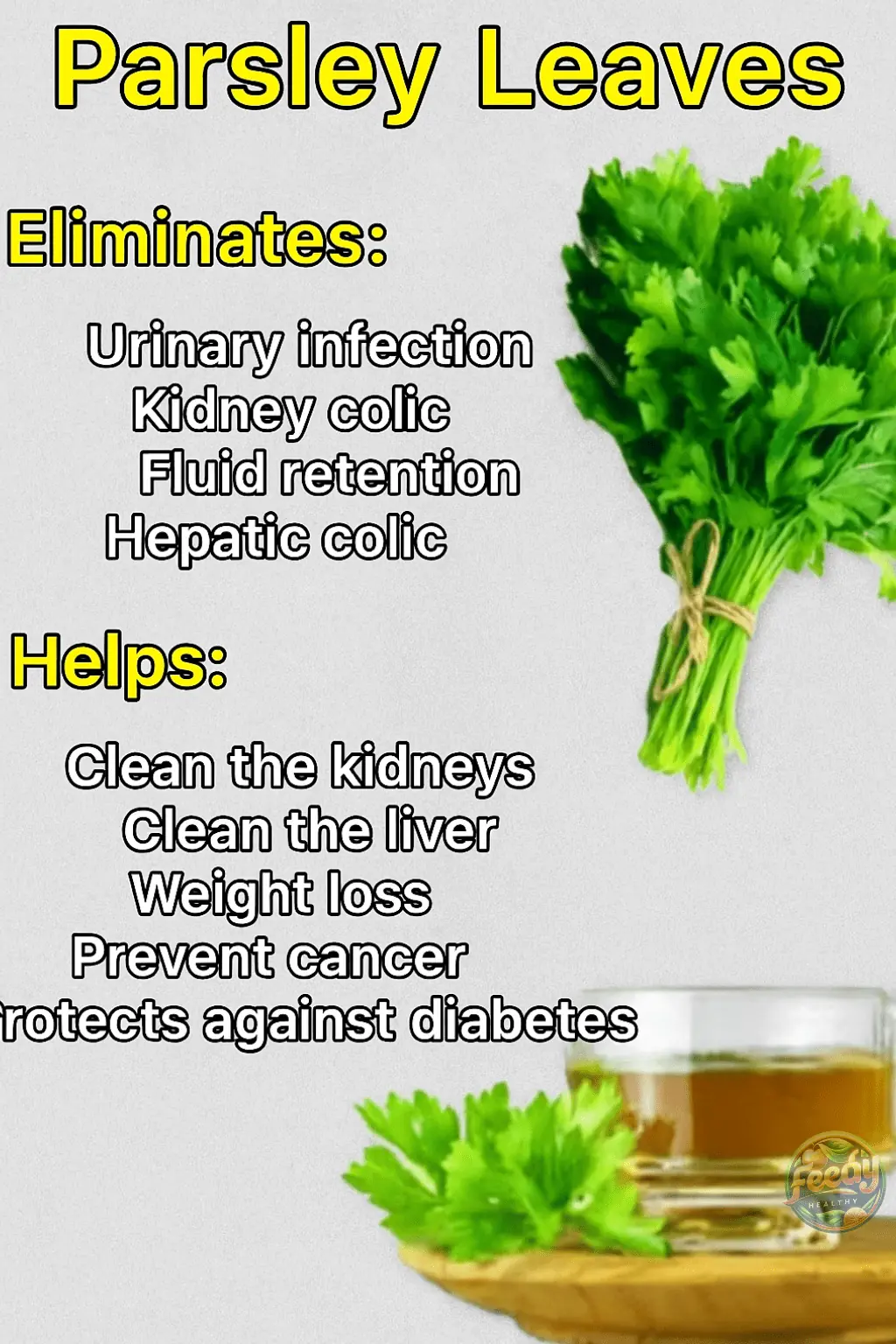
Parsley Leaf Tea

Natural Healing Tea for Circulation, Diabetes, Swelling & Immune Support

Powerful Natural Remedy for Lungs, Cough, Sinusitis & Sore Throat

Benefits of Hibiscus Flower 🌹

POWERFUL HAIR GROWTH TONIC

Why Non-Smokers Can Still Get Lung Cancer
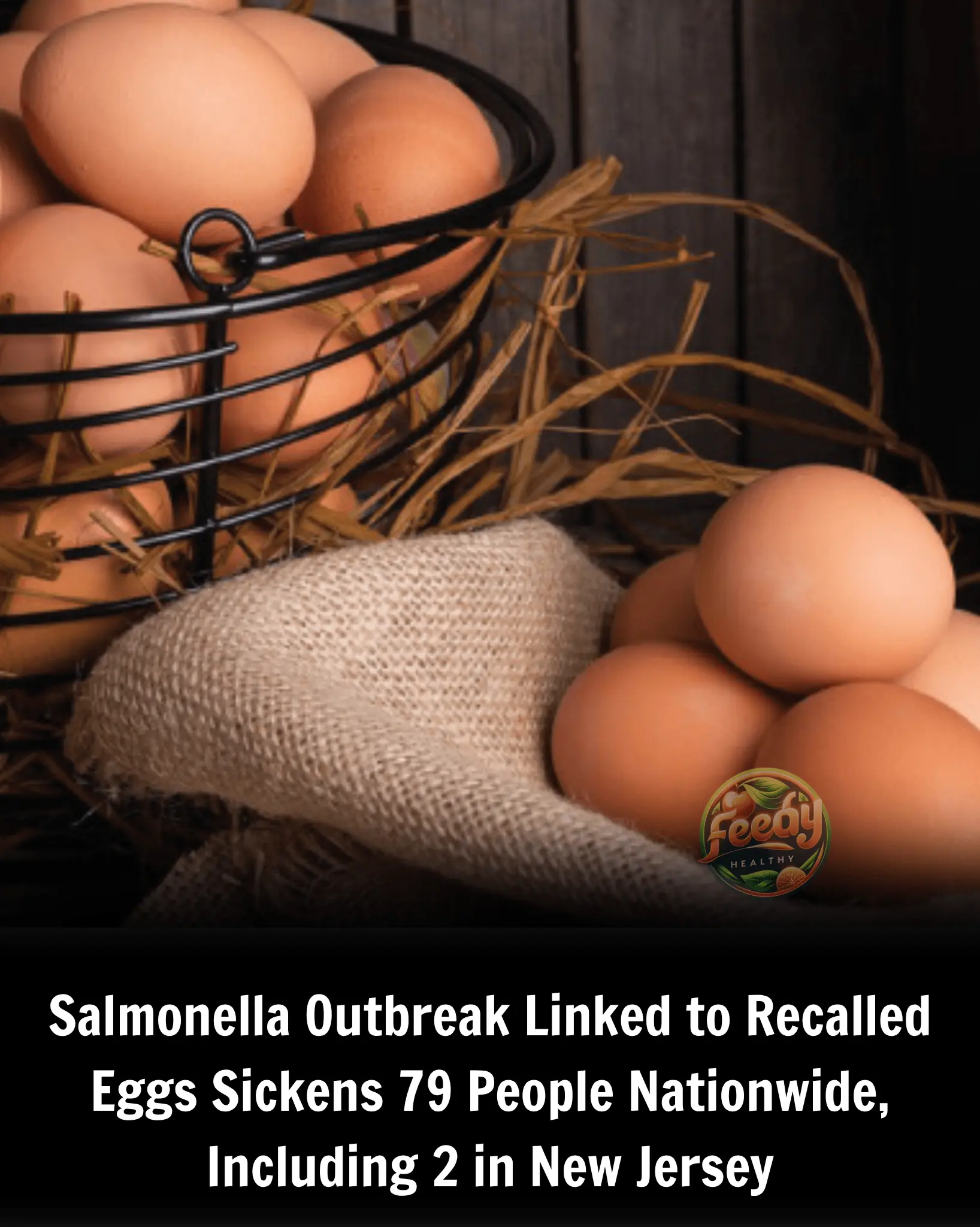
Salmonella Outbreak Linked to Recalled Eggs Sickens 79 People Nationwide, Including 2 in New Jersey
